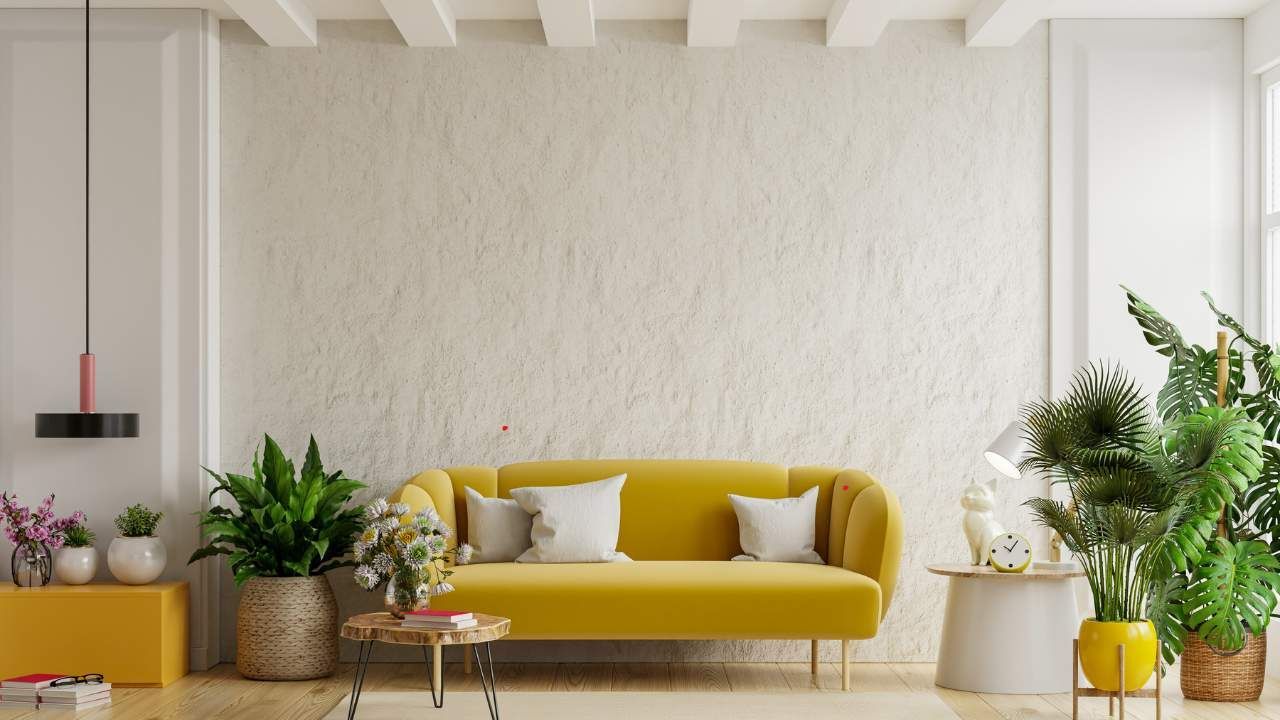How to Choose the Right Colors for Your Commercial Building

Selecting the perfect colors for your commercial building in Eugene, OR 97404 can have a significant impact on your business. The right color scheme not only enhances the aesthetic appeal of your property but also plays a crucial role in shaping the perceptions of your customers, employees, and partners. Here's a comprehensive guide to help you make an informed decision.
Understanding the Importance of Color in Commercial Spaces
Colors can evoke emotions and influence behavior. In a commercial setting, this becomes even more critical as the right color palette can attract customers, enhance productivity, and convey your brand's identity. Here are some key points to consider:
Brand Identity
Your building's exterior and interior colors should reflect your brand's personality. For example, a tech company might opt for modern, sleek colors like blue or gray, while a creative agency might choose vibrant, energetic hues like red or yellow.
Customer Perception
The colors you choose can affect how customers perceive your business. Warm colors like red, orange, and yellow can create a welcoming atmosphere, while cool colors like blue and green can impart a sense of calm and professionalism.
Employee Productivity
Studies have shown that color can impact mood and productivity. For instance, blue is known to boost efficiency, while green is linked to relaxation and reduced stress.
Factors to Consider When Choosing Colors
1. Location and Surroundings
Eugene, OR, is known for its natural beauty and green spaces. Consider how your color choices will complement the local environment. Earth tones and shades of green can blend well with the natural surroundings.
2. Building Architecture
The architectural style of your building can influence your color choices. A modern building might look best with a monochromatic palette, while a historic structure could benefit from classic, timeless colors.
3. Functionality of the Space
Different areas of your commercial building may serve various purposes. For example, customer-facing areas might benefit from bright, engaging colors, while offices and workspaces might be better suited to calming, neutral tones.
Popular Color Combinations for Commercial Buildings
Here are some tried-and-true color combinations that can work well for different types of commercial properties:
- Neutral with a Pop of Color: A neutral base (white, gray, beige) with an accent color (blue, red, green) can create a balanced and appealing look.
- Monochromatic Scheme: Using different shades of a single color can give your building a cohesive and sophisticated appearance.
- Complementary Colors: Colors opposite each other on the color wheel (e.g., blue and orange) can create a vibrant and eye-catching contrast.
Tips for a Successful Commercial Painting Project
1. Hire a Professional
Commercial painting projects can be complex. Hiring experienced painters ensures high-quality results and adherence to safety standards. They can also provide valuable advice on color selection and finishes.
2. Test Before You Commit
Paint small sections of your building with potential colors to see how they look in different lighting conditions. This can prevent costly mistakes and ensure you’re happy with the final result.
3. Consider Maintenance
Darker colors may require more frequent maintenance as they can show dirt and wear more easily. Lighter colors might be more forgiving and easier to keep looking fresh.
Choosing the right colors for your commercial building can transform your business and leave a lasting impression on everyone who walks through your doors. If you're planning a commercial painting project in Eugene, OR, and need expert advice, contact us today. Our team will help you select the perfect colors that reflect your brand and create an inviting, productive environment. Let’s make your vision come to life!
Conclusion
The colors you choose for your commercial building are more than just a design choice; they’re a powerful tool for branding and customer engagement. By considering factors like brand identity, customer perception, and local surroundings, you can create a color scheme that enhances your business’s image and success. Remember to hire professionals for the best results and ensure your colors are tested before finalizing your decision.












